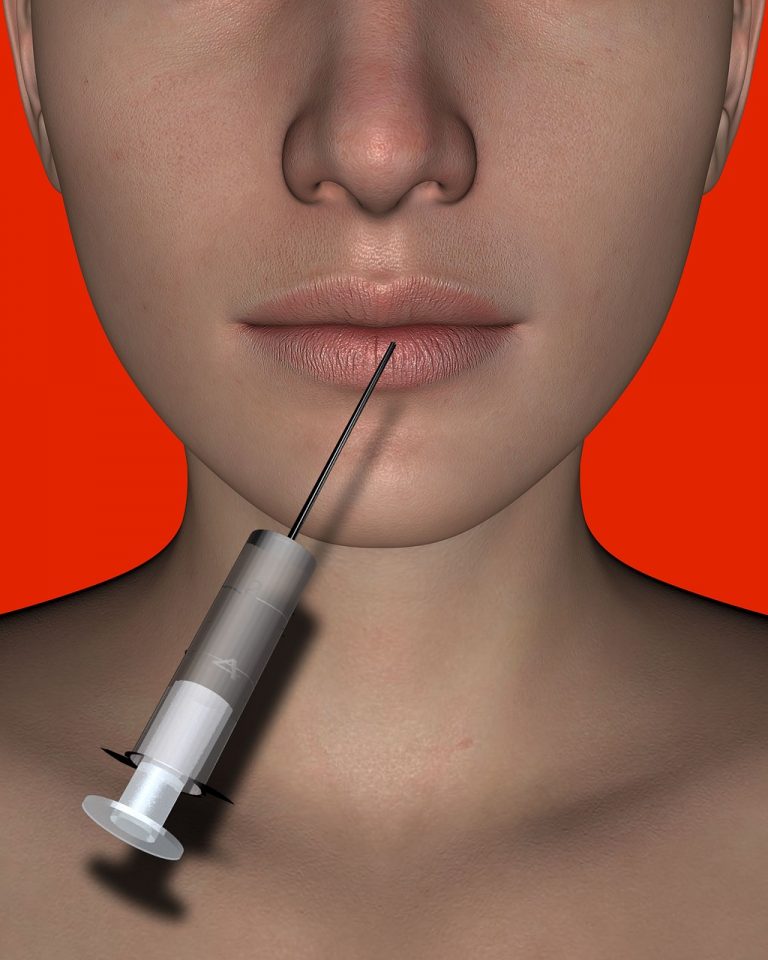As we age, the battle against fine lines and wrinkles becomes more challenging. However, there’s a popular procedure that can come to the rescue – Botox. Although it’s well-known, one question still lingers – how often to get Botox? Let’s dive deep into this topic, as your youthful glow is on the line!
Demystifying Botox
Botox is a neurotoxin derived from a bacterium called Clostridium botulinum. When injected in minute quantities, it blocks nerve signals in the muscles where it’s injected, causing a temporary reduction in muscle activity. This effect helps to smooth out wrinkles and fine lines that are caused by repetitive facial movements.
It’s important to note that Botox doesn’t erase wrinkles completely. It merely softens them, making them less noticeable. For a complete eradication of wrinkles, you might need to consider other treatments such as dermal fillers.
Did You Know?
Botox is currently the most popular cosmetic treatment in the U.S. thanks to its high efficacy and convenience.
The Botox Process: Quick and Seamless
The Botox process is straightforward and quick, often completed within 10 to 30 minutes. The treatment involves making several small injections into the muscle areas that need to be relaxed. Don’t worry, Botox injections performed by trained professionals won’t leave your face expressionless. You’ll still be able to laugh, smile, frown, or squint; your muscles just won’t form wrinkles when you do. Botox training ensures that practitioners are skilled in delivering these precise and effective treatments.
How Often to Get Botox: The Golden Question
The frequency of Botox treatments varies greatly among individuals, based on factors such as age, wrinkle severity, and how long the treatment lasts. However, most experts agree that getting Botox injections every three to four months is usually the ideal frequency.
If you’re in your twenties and using Botox as a preventative treatment, you may consider scheduling a treatment every 12 weeks. On the other hand, if you’re using Botox to treat existing wrinkles, a maintenance series of injections scheduled every 12-16 weeks is most likely sufficient.
What Happens When Botox Wears Off?
Botox paralyzes the nerves controlling your facial muscles. However, after some time, your body starts forming new nerve endings. As these unaffected nerve endings reattach to your facial muscles, they begin to contract again, causing wrinkles to reappear.
Getting Botox Too Soon: Is There Such a Thing?
While you may be concerned about the effects of Botox wearing off before your next treatment, getting Botox too often can actually weaken your facial muscles. It’s best to follow the treatment plan that your provider creates for you.
Who Can Benefit From Botox?
Botox is suitable for those experiencing moderate-to-severe dynamic wrinkle spots caused by muscle contraction. If you’re unhappy with fine lines and wrinkles on your face, Botox can treat areas such as:
- Forehead
- Around the eyes (crow’s feet)
- Around the lips (smoker’s lines)
- Around the mouth (frown lines)
However, always consult with your medical provider before starting Botox treatment. Certain conditions such as pregnancy, breastfeeding, neuromuscular disorders, skin infections near desired injection sites, or specific allergies may make you ineligible for Botox injections. Also, make sure you purchase Botox online from a trustworthy place, as the quality of the product is essential for the results’ success.
When to Start Getting Botox
The decision to start regular Botox treatments depends largely on individual factors such as genetics, your skincare routine, and sun exposure. If you notice fine lines starting to form around your eyes, forehead, or mouth, or if your skin feels or looks a little thinner, it might be time to consider Botox treatment.
Post-Botox Care: Do’s and Don’ts
After your Botox treatment, you might experience minor redness, bleeding, and discomfort. Plan your injections accordingly to allow for the best possible recovery. Here are a few tips:
- Avoid lying down for at least four hours after the injection to prevent bruising or spreading of Botox into unintended areas.
- Avoid wearing makeup for about 24-48 hours after the injections to avoid spreading the Botox.
- Avoid drinking alcohol for a day or two post-treatment as it can thin your blood, making bruising more visible.
Other Uses of Botox
While preventive Botox is primarily used to reduce wrinkle appearance, it also serves other purposes. It can be used for a ‘lip flip’, giving your whole mouth area a fuller look. It can also fix a ‘gummy smile’, relax a clenched jaw, and even help with severe migraines.
The Bottom Line
In essence, how often to get Botox is a personal decision based on your individual requirements and your provider’s advice. Regular Botox injections can help maintain your youthful glow, but it’s crucial to follow a balanced regimen of skincare and lifestyle habits to enhance the results of your treatment. So, take the first step today towards a more confident and youthful you!



0 Comments